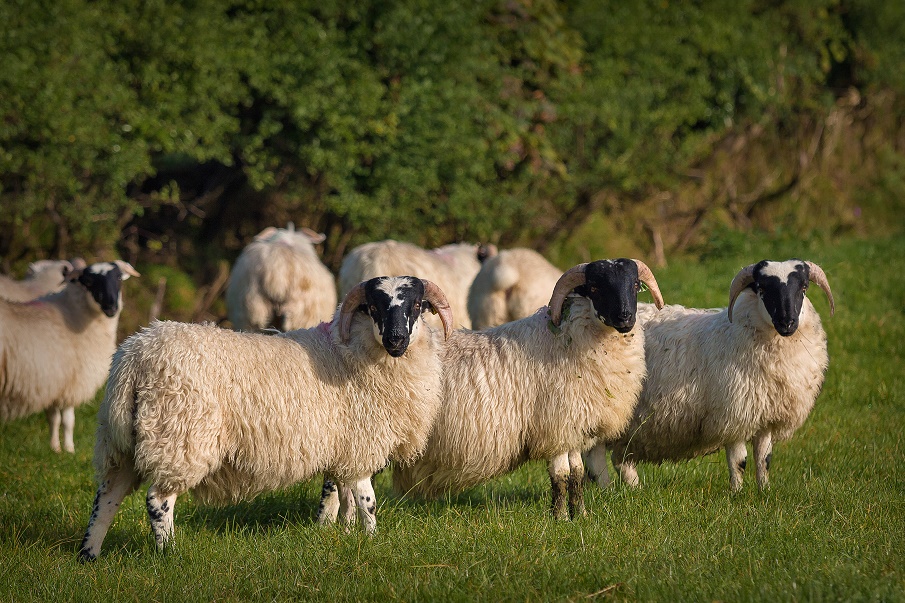Points for consideration when buying store lambs this autumn
September 4, 2020
Gareth Beacom, CAFRE Beef & Sheep Adviser, Enniskillen
Excellent growing conditions through late august has resulted in surplus grass supplies on many farms. Indeed with challenging ground conditions resulting in some cattle being rehoused farmers may consider buying store lambs. Ensuring swards are grazed off this autumn will improve sward quality next spring and for many farms grazing off with sheep may be the most practical option. Although the buying and sale price will have the greatest impact in determining if positive margin is achieved from a store lamb enterprise, other factors also need to be considered.
Decide on long or short keep
Ideally all lambs purchased would be removed off grassland by the end of December. This is preferable in order to allow recovery of the sward before spring growth. How much grass is available and how long you intend keeping lambs will determine the type of lamb most suitable to purchase. Mid weight lowland type lambs (15 kilo plus) are ideal for short keep as they have the potential to gain 150 – 200 grams per day in September on good quality grass alone.
Hill bred lambs will suit best for a longer keep system. However bear in mind grass growth and quality will deteriorate as the season progresses. This means meal may be required to finish these lambs in spec later in year. This will lead to a higher cost system which could require a price rise to generate a worthwhile margin.
Decide on ram lambs or ewe lambs
Buying mixed batches of lambs should be avoided where possible. Entire ram lambs will have to be kept separate from ewe lambs.
Ram lambs will have a higher growth rate, potentially leaving them most suitable for a shorter keep. Storing ram lambs and retaining them too long can result in concentrate supplementation being required to achieve an adequate finish.
Ewe lambs will finish much more quickly than ram lambs. However they will also achieve lower growth rates leaving them more suitable for a longer keep option if the goal is to finish off grass alone. Research carried out by AFBI showed that ewe lambs energy requirements for maintenance is 15 – 22% higher than that of male or castrated lambs.

Get on top of lamb health
Unless sure of the source and previous treatments most lambs will need vaccinated to cover clostridial diseased and pasteurella. They may also need a worm treatment and a second blowfly treatment.
The need for a blowfly treatment will depend on what product they were initially treated with as well as the humidity and temperature levels in the autumn.
Shearing lambs is a popular option for longer keep lambs. Research has shown that lambs shorn are capable of gaining an extra 10 – 20 grams /day. Many farmers report the reduction in subsequent labour, reduced susceptibility to blowfly strike and fewer lambs becoming tangled in hedgerows etc. These benefits may help cover the cost of shearing.
Aim to finish lambs within market specifications
Aim to purchase lambs in uniform batches, of similar same weight, breed and sex. This will increase the likelihood of lambs being ready for slaughter at a similar time. Current market requirements are lambs up to 21 kilos at fat class 2 or 3. Later in the season the weight range normally increases to 22kg. But bear in mind ewe lambs will flesh much easier and may reach the desired fat class at a much lighter weight.
The market has a preference for Farm Quality Assured lambs.
